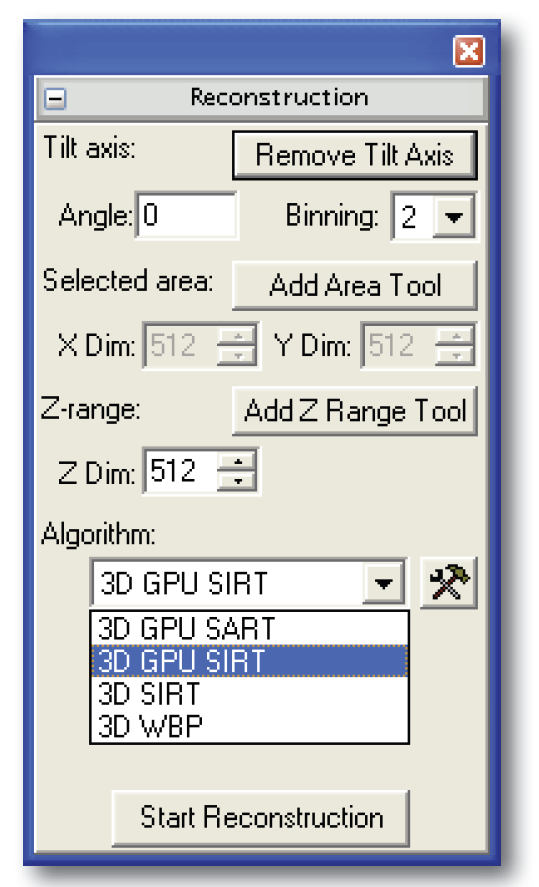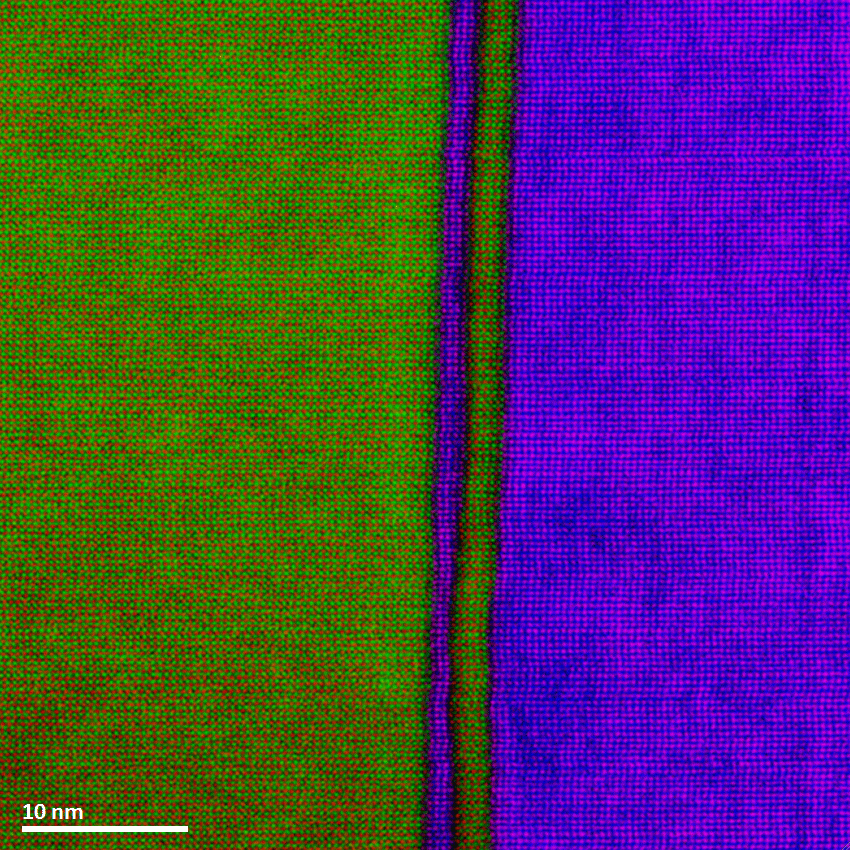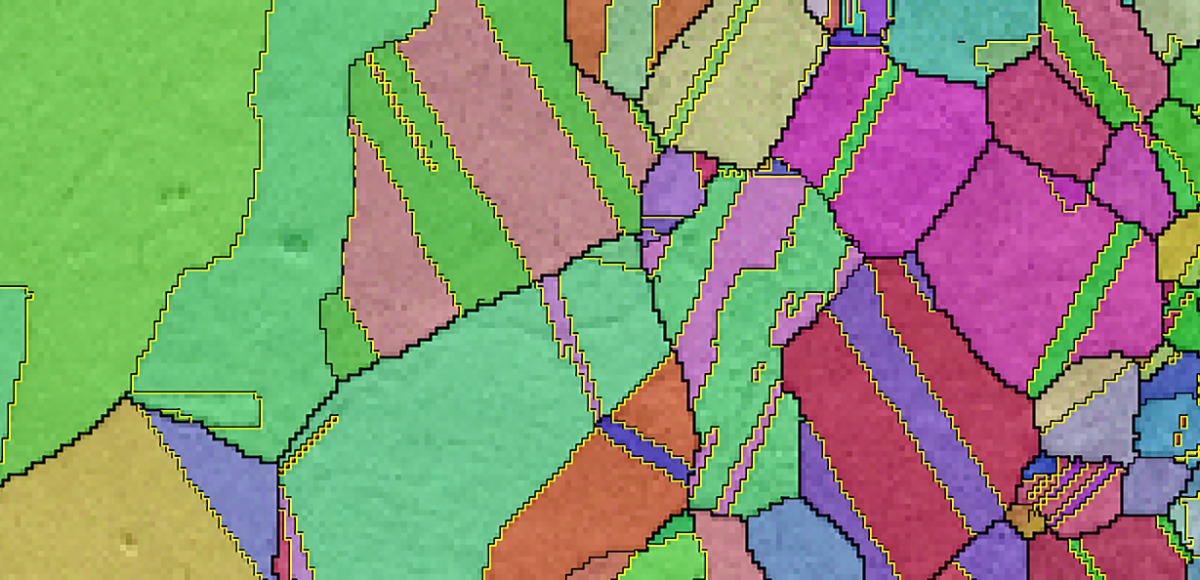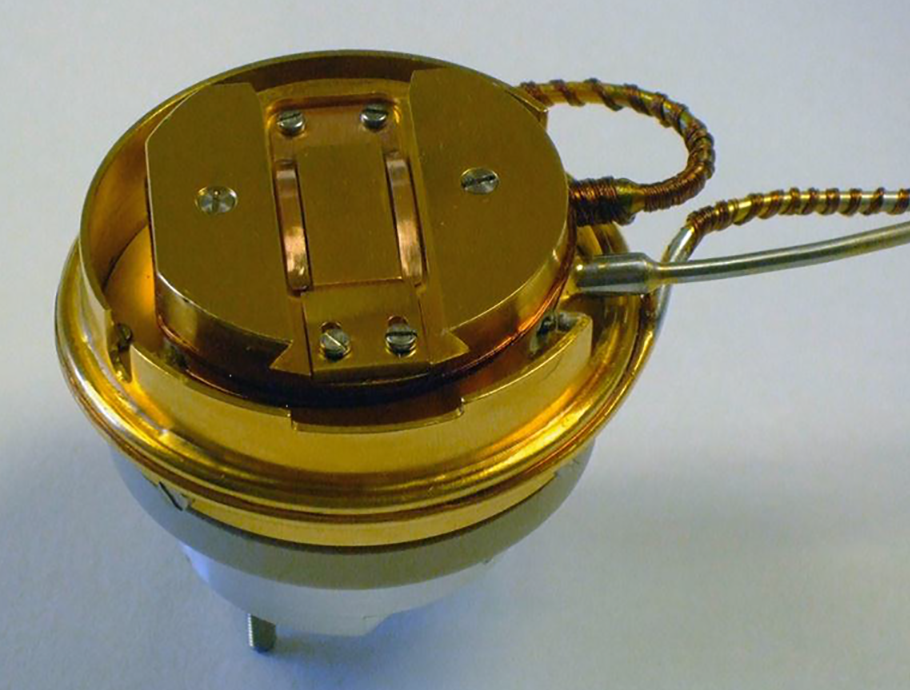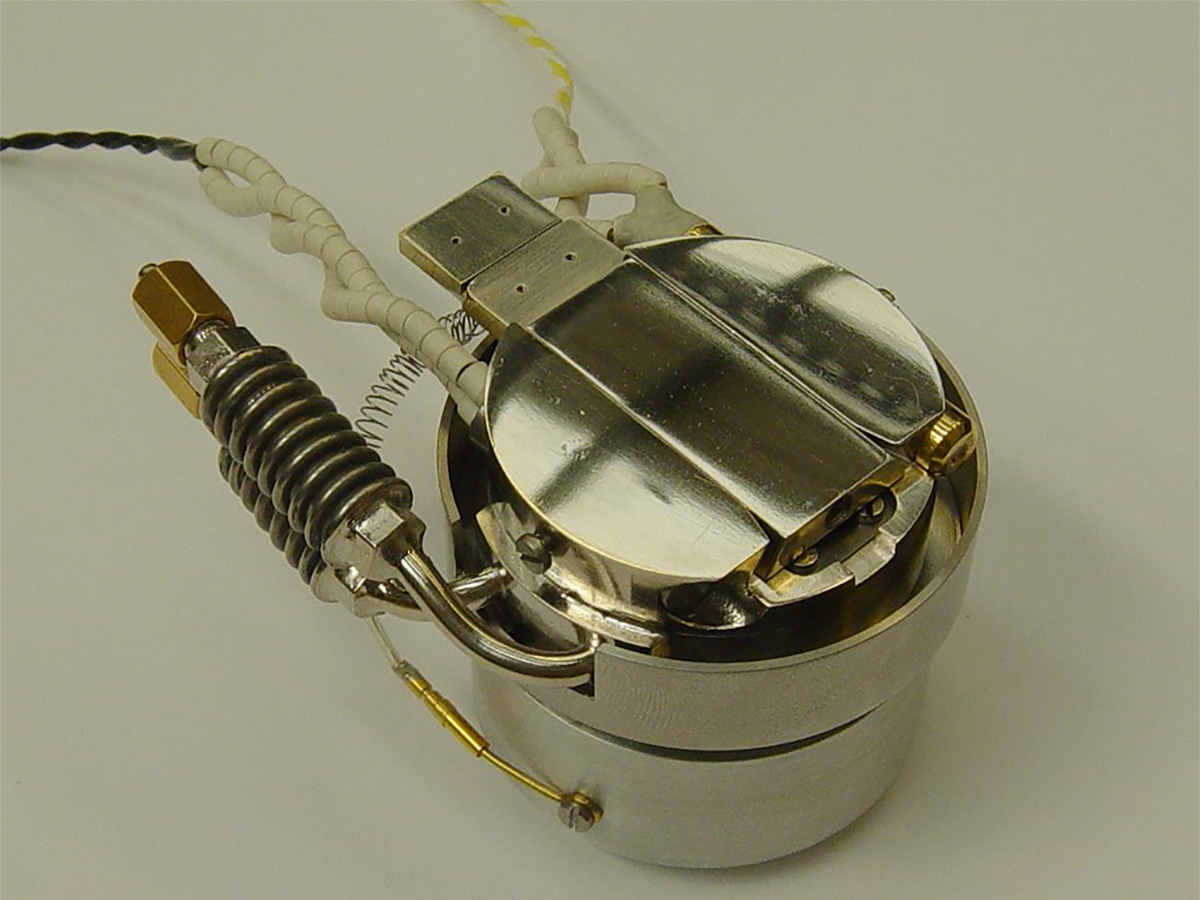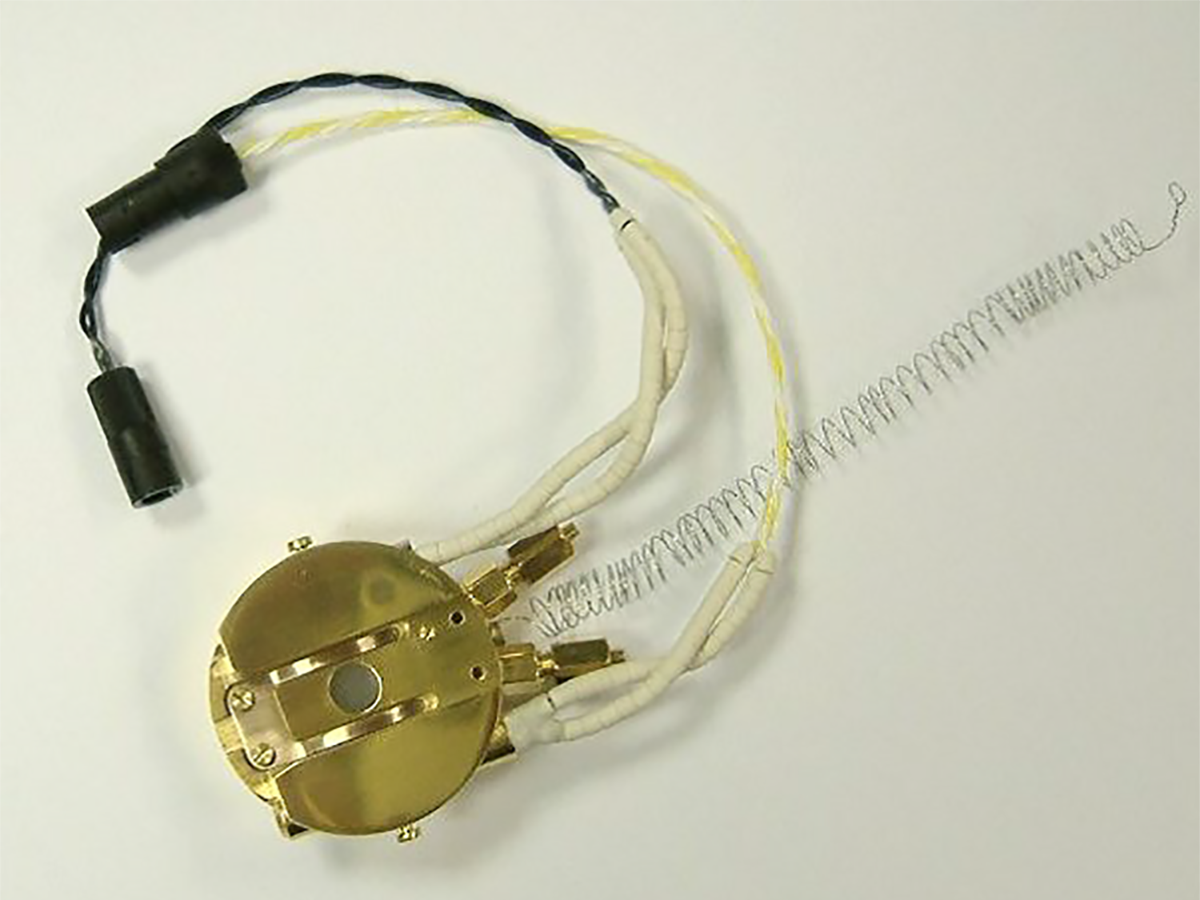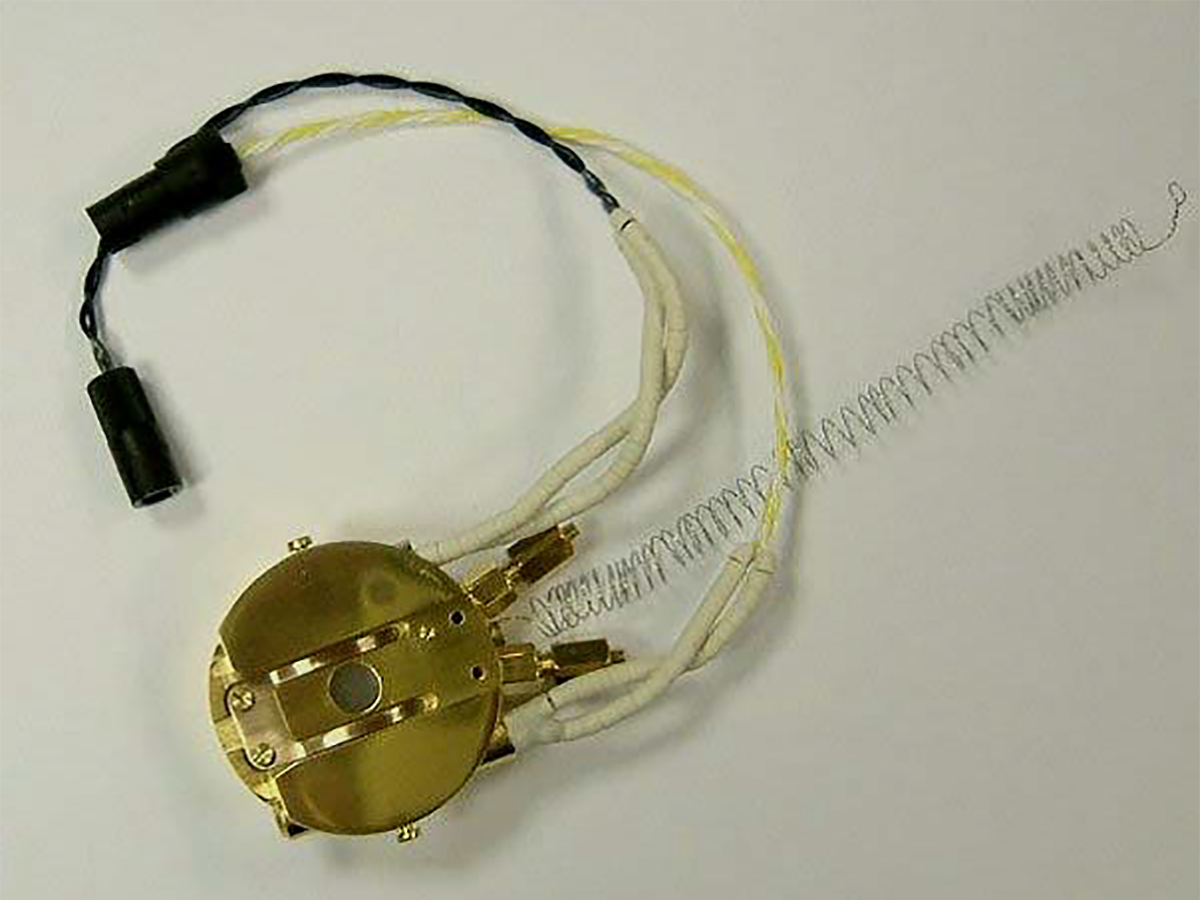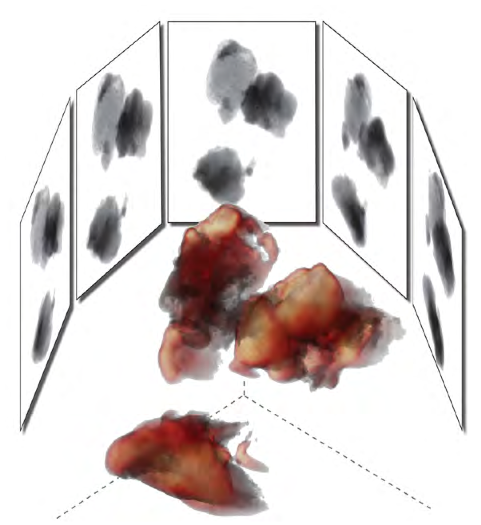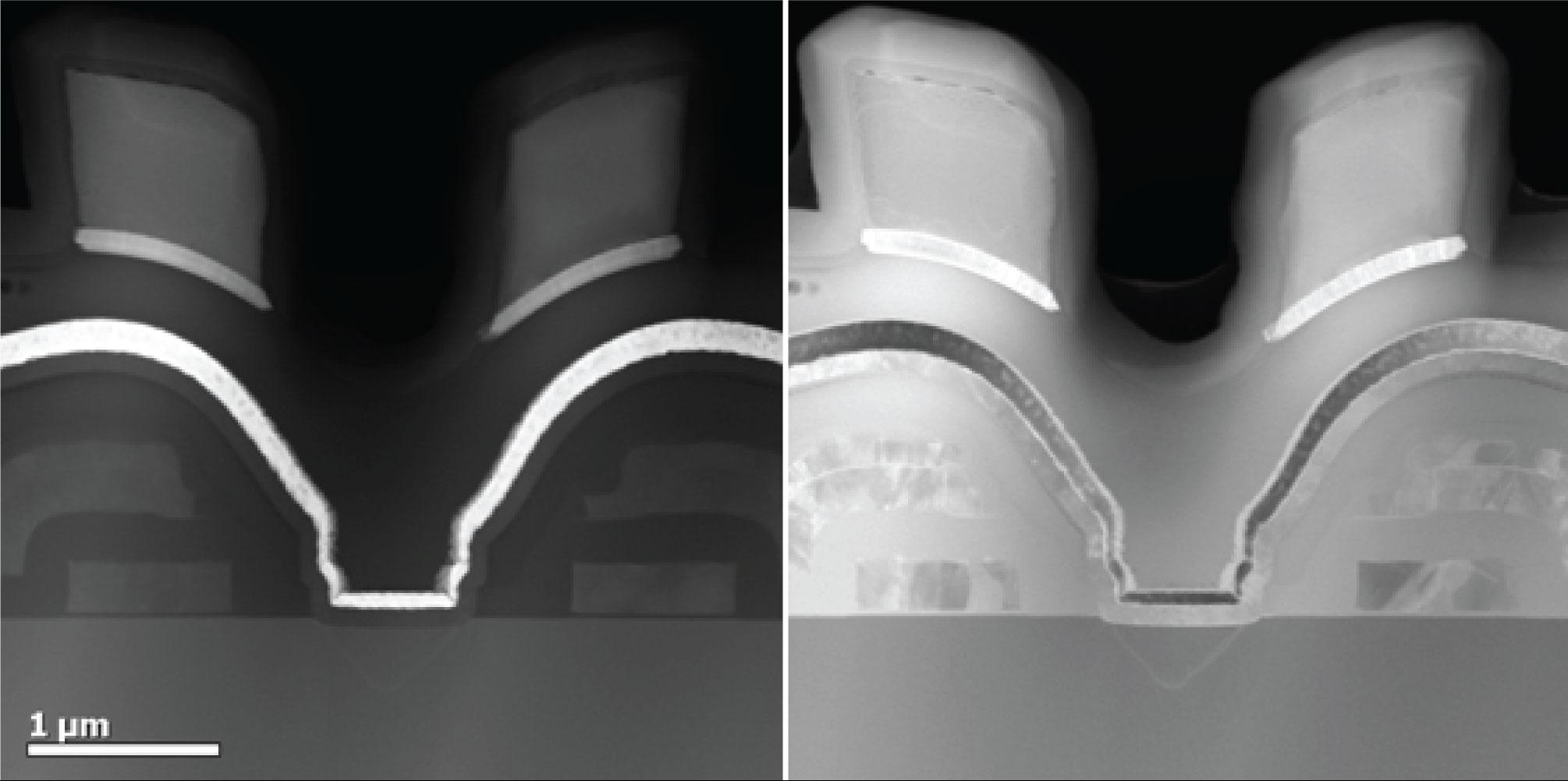First 3D structure of human γ-secretase determined by cryo-EM at 4.5 Å resolution
Lu, P.; Bai, X.; Ma, D.; Xie, T.; Yan, C.; Sun, L.; Yang, G.; Zhao, Y.; Zhou, R.; Scheres, S. H.; Shi, Y.
GPU Reconstruction Palette
GPU Reconstruction software palette
Colorized EELS elemental map
This work was performed in collaboration with Dr. Phil Rice and Dr. Teya Topuria of IBM Almaden Research Center in San Jose, CA who provided expert assistance as well as the TEM specimen and access to their microscope facilities.
Colorized EELS elemental map of Ti L2,3-edges at 456 eV (green), Mn L2,3-edges at 640 eV (blue), La M4,5-edges at 832 eV (purple) and Sr L2,3-edges at 1940 eV (red).
Murano heating stage
EBSD map of bronze specimen recrystallization taken in-situ at 800 °C using Murano™ heating stage.
CF302M Liquid helium cooling stage
C1003 Nitrogen cooling stage
C1002 Nitrogen cooling stage
C1001 Nitrogen cooling stage
3D Reconstruction of Interplanetary Dust Particle
Data courtesy of Dr. Ilke Arslan of Sandia National Laboratories, Livermore, California and Dr. John P. Bradley of Lawrence Livermore National Laboratory, Livermore, California.
3D reconstruction of interplanetary dust particle. STEM tilt series acquired with a 806 HAADF detector from -61° to 68°. Aligned, reconstructed and visualized using 3D Reconstruction and 3D Visualization software. The iso-surfaces highlight two different intensity levels in the reconstruction.
Jointly acquired HAADF and MAADF signals
The HAADF signal (left) contrast is easily interpreted in terms of mass thickness of the material while the diffraction contrast MAADF signal (right) reveals highly detailed structural changes in the material. The optimized geometry makes this possible.
Pages


